
Fundamentals Episode 12: The Dense PSC Cataract with Posterior Capsule Fibrosis
The Do’s and Don’ts of phacoemulsification in an eye with a dense PSC cataract are discussed and demonstrated.

The Do’s and Don’ts of phacoemulsification in an eye with a dense PSC cataract are discussed and demonstrated.
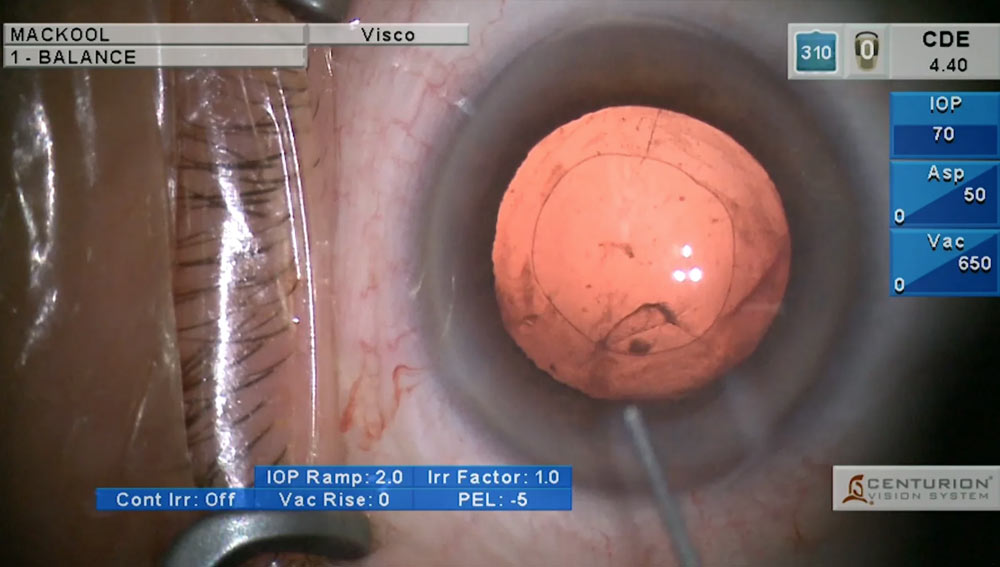
A severe Bell’s phenomenon is noted at the beginning of the cataract-implant procedure. Modification of the surgical technique is then done in order to overcome
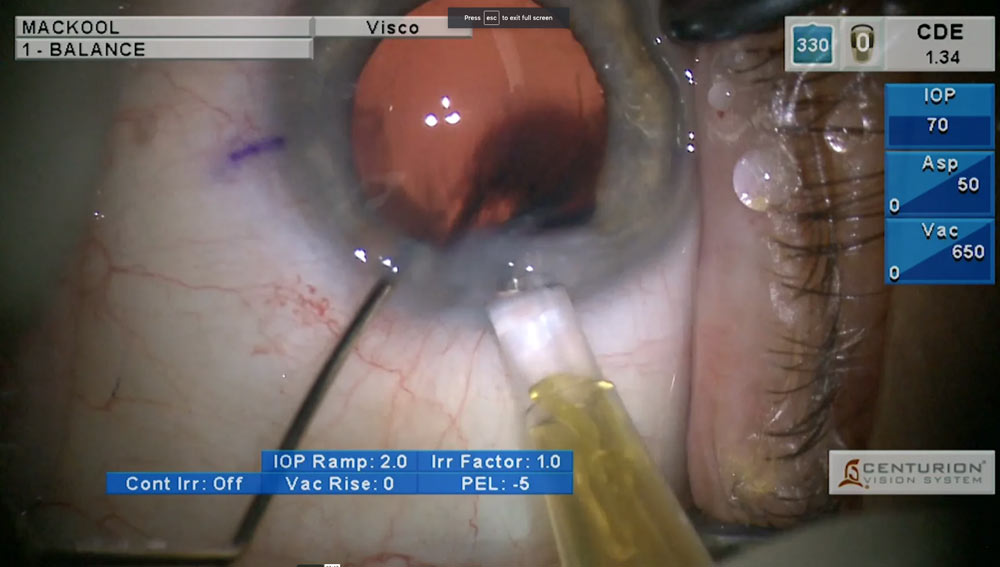
A patient taking Flomax undergoes cataract-implant surgery. Dealing with the consequences of a floppy iris, and specifically prevention of pupillary constriction and iris prolapse, are

Phacoemulsification is performed in a patient with heightened sensitivity. The discomfort-inducing components of the procedure are discussed, and techniques are employed to permit surgery to
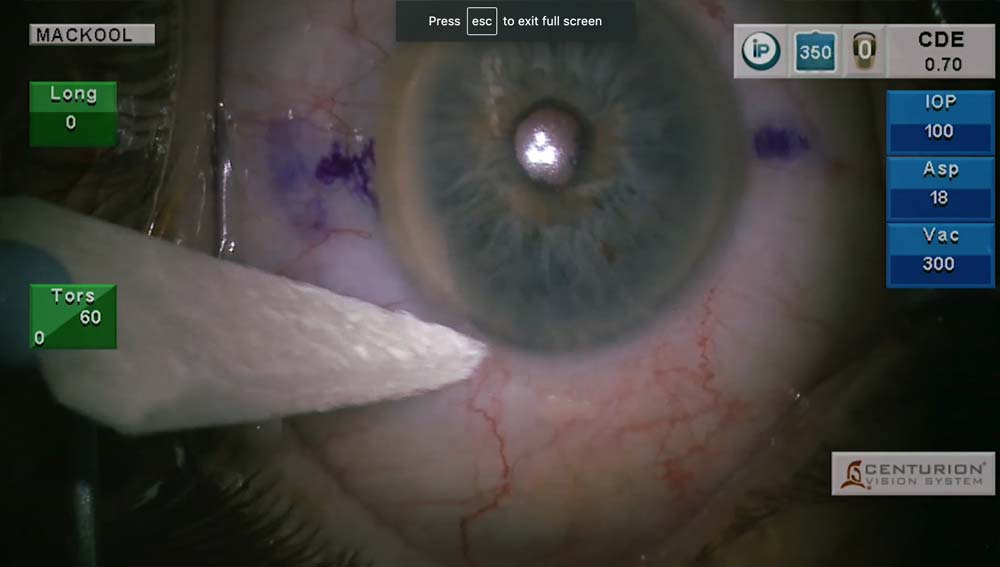
This complex procedure features the performance of a pars plana vitrectomy in order to deepen a shallow anterior chamber in an eye with a miotic
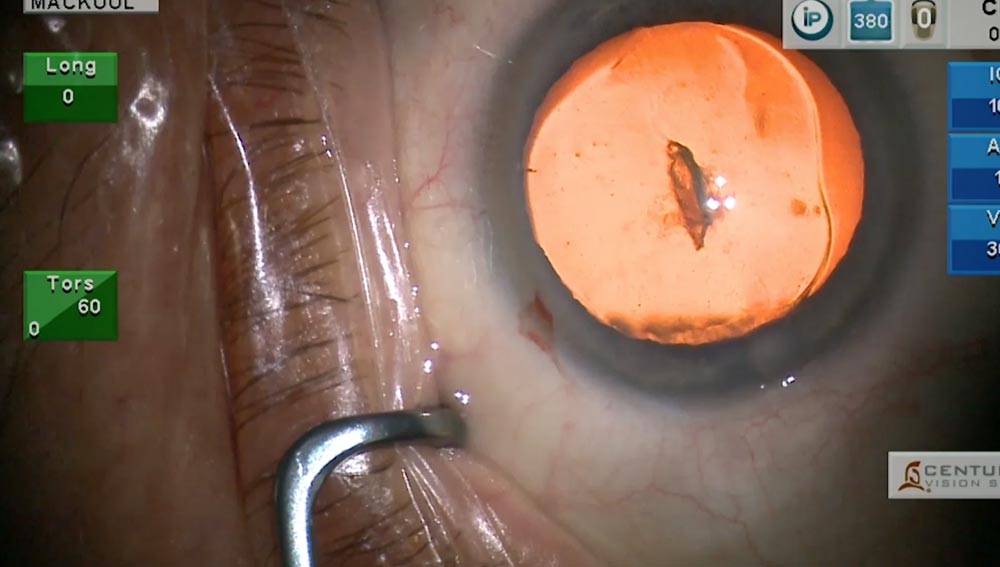
Cataract-implant surgery is performed in a patient with advanced CED, homonymous hemianopia, epiretinal membrane, and a mildly flaccid iris.
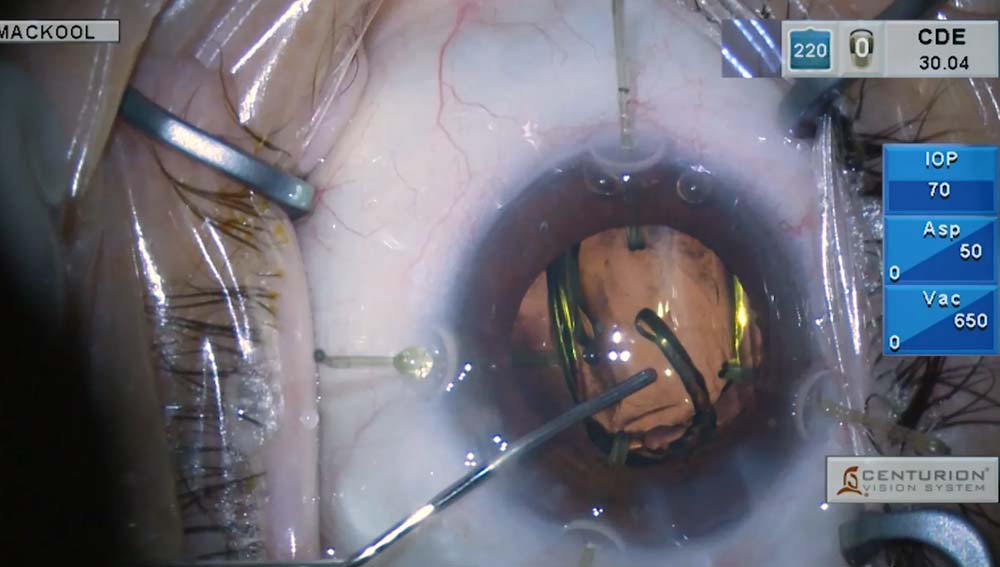
After placement of capsule retractors, a near maximally dense nucleus is removed via phacoemulsification.
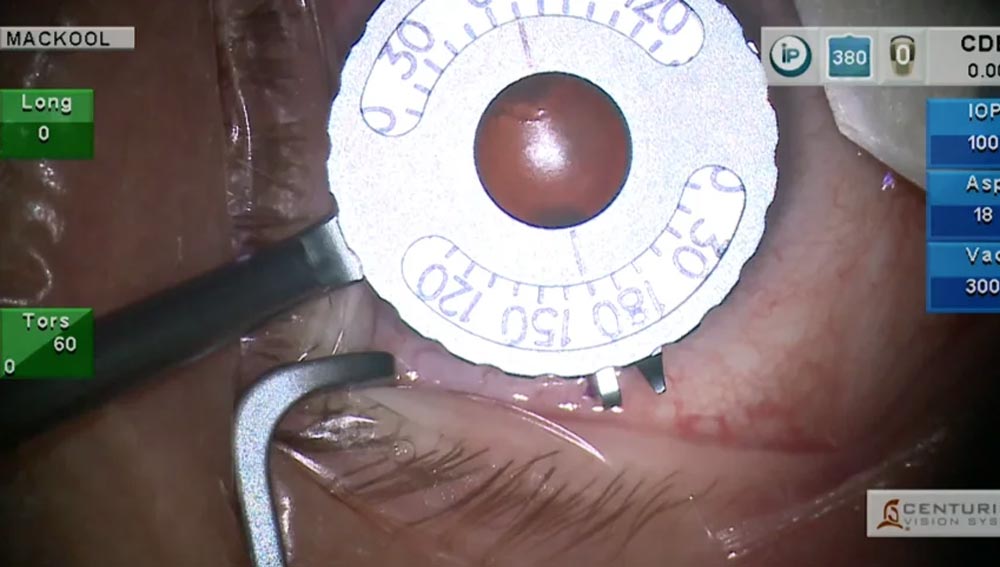
A 62 year old man using Flomax undergoes zero-ultrasound phacoemulsification. A penetrating limbal relaxing incision is done to reduce a small amount of pre-existing astigmatism.
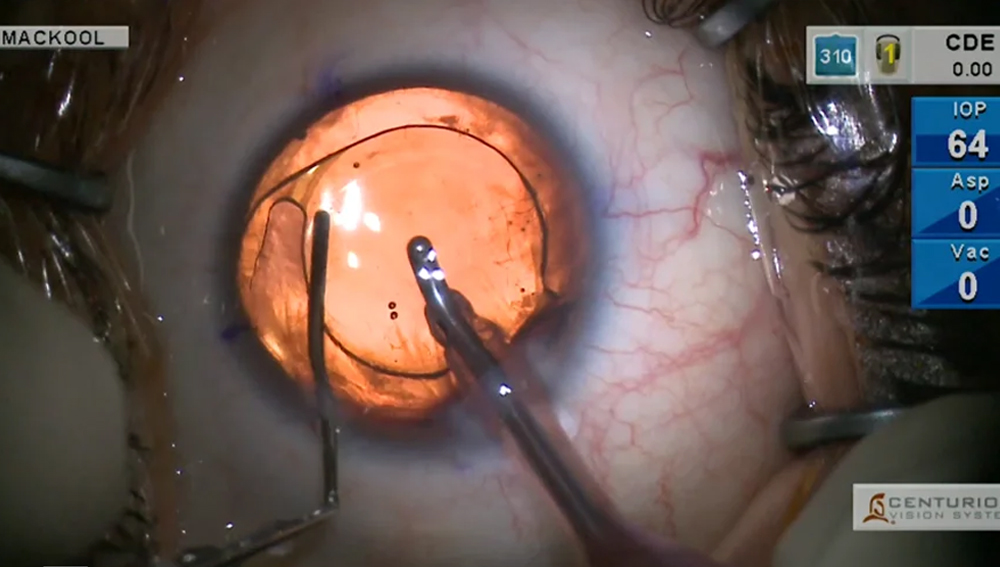
Phacoaspiration of a soft lens in a highly myopic eye of a 36 year old patient is demonstrated. Flow and vacuum parameters and phaco tip
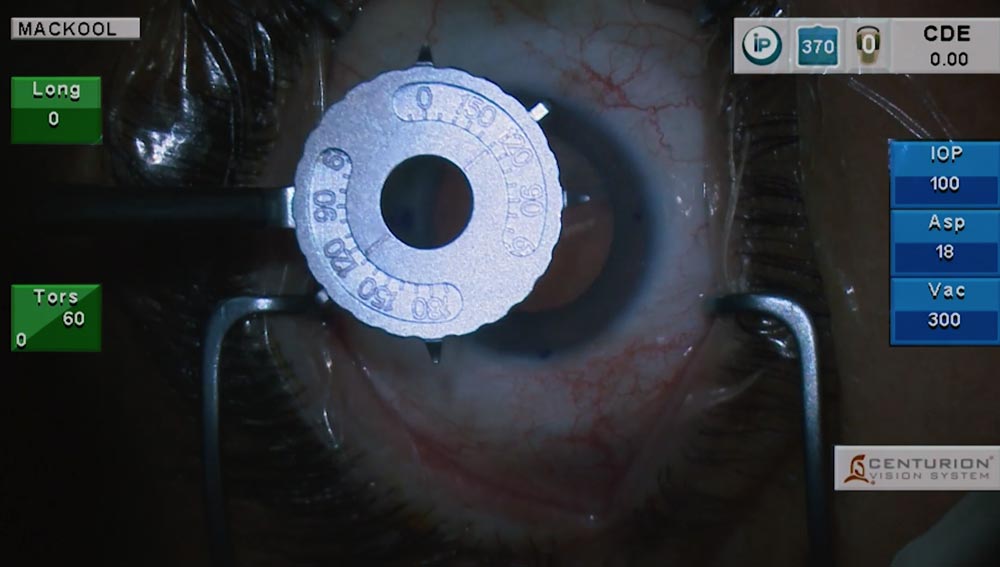
Toric IOL implantation after removal of a moderately dense nuclear cataract
Richard J Mackool, MD Financial Disclosure: Richard J. Mackool, MD and RJ Mackool, MD are consultants with Alcon.
Satisfactory completion: Learners must pass a post-test and complete an evaluation form to receive a certificate of completion. Your chosen sessions must be attended in their entirety. Partial credit of individual sessions is not available. If you are seeking continuing education credit for a specialty not listed below, it is your responsibility to contact your licensing/certification board to determine course eligibility for your licensing/certification requirement.
 Accreditation Statement – In support of improving patient care, this activity has been planned and implemented by Amedco LLC and Review Education Group. Amedco LLC is jointly accredited by the Accreditation Council for Continuing Medical Education (ACCME), the Accreditation Council for Pharmacy Education (ACPE), and the American Nurses Credentialing Center (ANCC), to provide continuing education for the healthcare team.
Accreditation Statement – In support of improving patient care, this activity has been planned and implemented by Amedco LLC and Review Education Group. Amedco LLC is jointly accredited by the Accreditation Council for Continuing Medical Education (ACCME), the Accreditation Council for Pharmacy Education (ACPE), and the American Nurses Credentialing Center (ANCC), to provide continuing education for the healthcare team.
Physicians (ACCME) Credit Designation – Amedco LLC designates this enduring material activity for a maximum of .25 AMA PRA Category 1 CreditsTM. Physicians should claim only the credit commensurate with the extent of their participation in the activity.
Target Audience: Ophthalmologists with an interest in cataract surgery.
Policy on Privacy and Confidentiality: REG (Review Education Group) does not share your personal information provided to this site with any third party, except where required by CME governing bodies for verification of CME activities.
Contact Information: If you have questions regarding any of the surgical videos, please contact us at kmccarthy@postgradhealthed.com
All rights reserved. Video used with permission.

Richard Mackool MD, a world renowned anterior segment ophthalmic microsurgeon, has assembled a video collection of both routine and challenging cases, demonstrating both familiar and potentially unfamiliar surgical techniques using a variety of instrumentation and surgical console parameters. This educational activity presents a series of these videos, carefully selected to address the specific learning objectives of this effort, with the goal of providing surgical training videos online to surgeons motivated to improve or expand their surgical knowledge.
Alcon
in kind support
Mackool Eye Institute Research Foundation

&

VIDEO AND WEB PRODUCTION BY
Captured Light Studio
Website: stateofthedesign.com